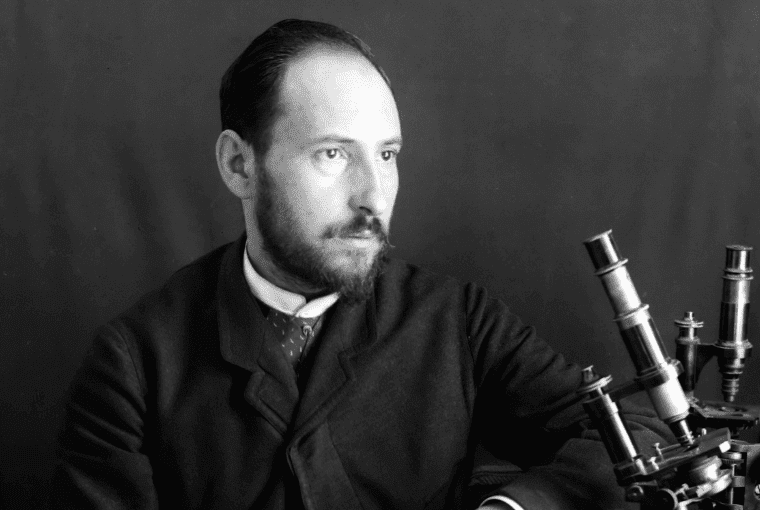Today we will talk about the biography of Santiago Ramón y Cajal, one of the most important scientists in history, compared to Galileo, Einstein and many others, are words with which Eduardo Punset describes him, and he is right.
This Spanish histologist laid the most important foundations of modern neuroscience, as well as presenting concepts totally contrary to the way he thought he mastered science at the time, then it was proven that he was right.
- He discovered the individuality of neurons.
- Laid the foundations for what we now call neuroplasticity.
- And made us discover glial cells.
- Ramon and Cajal has always been a rebel.
- In a good way.
- Who had no qualms about contradicting established thinking.
However, he was a brilliant mind, with an extraordinary sense of curiosity, methodical and tireless, qualities that earned him the first Nobel Prize in Medicine in Spain.
Born in Petilla de Aragón in 1852, his father was a provincial doctor who wanted to instill in his son a love of medicine, however Santiago Ramón y Cajal was a restless child, with more passion for discoveries in the real world than in books.
His two great passions were nature and painting, so his family decided to send him to boarding school to force him to study, but it didn’t work.
As a teenager, his father decided to teach him a lesson and put him to work as a barber’s apprentice and then as a shoemaker. He is said to have acquired a great skill in this profession. However, this child, by nature, would have been good in any field he devoted to.
Finally, he decided to study medicine at the University of Zaragoza, where his father worked as a professor of anatomical dissection, classes with the father allowed him to develop his drawing skills, which he applied to drawings of the human body.
After his medical studies, he was summoned and sent to war in Cuba, where he spent a few months in very precarious conditions until he became ill. On his return from Cuba, he obtained a doctorate in Medicine from the Complutense University of Madrid and obtained a position as an assistant in anatomy functions at the Faculty of Medicine of Zaragoza.
At the same time, one of his teachers was already training him in microscopic observation techniques.
His discovery of the microscope allowed him to develop another of his passions, and is said to have become almost an extension of his own body. He married and had seven children, but two died as a child.
After holding several important positions at the universities of Zaragoza and later in Valencia, he eventually moved with his family for a time to the University of Barcelona in 1887, holding the chair of histology and, in 1892, that of pathological anatomy in Madrid.
One of his daughters contracted meningitis and it seems that this fact has affected him deeply, so he took refuge in the research and in his laboratory day and night. On the same day as the death of his daughter, Ramón y Cajal came to one of his most important discoveries. Throughout his life he would remember the intensity of the mixed feelings he felt at the time.
In addition, he created his own sample staining methods to study nerve cell connections. It is thanks to this methodology that he was able to demonstrate that neurons are independent cells, not physically connected to each other.
The science of the time was based on the idea that nerve cells were not separated from each other and that they formed a compact, tangled mass.
In the biography of Santiago Ramón y Cajal, we see that he has also studied in depth the structure of the cerebellum, the spinal cord and the spinal bulb, as well as various sensory centers, such as smell and the retina.
After a trip to Berlin and presenting his advances in knowledge of the structure of the nervous system and neurons at a conference, he was awarded the Nobel Prize in Physiology and Medicine in 1906.
He has not stopped working for a day, it is said that even on the day of his death in 1934 he was working in bed, already seriously ill.
Contributions to the neuroscience and legacy of Santiago Ramón y Cajal were fundamental to the advancement of knowledge about the human brain, neuroplasticity and the structure of neurons, which he called “the butterflies of the soul”.
“Neurons are cells of delicate and elegant shapes, the mysterious butterflies of the soul, whose flapping of wings can one day clarify the secret of mental life. “Santiago Ramón y Cajal.

